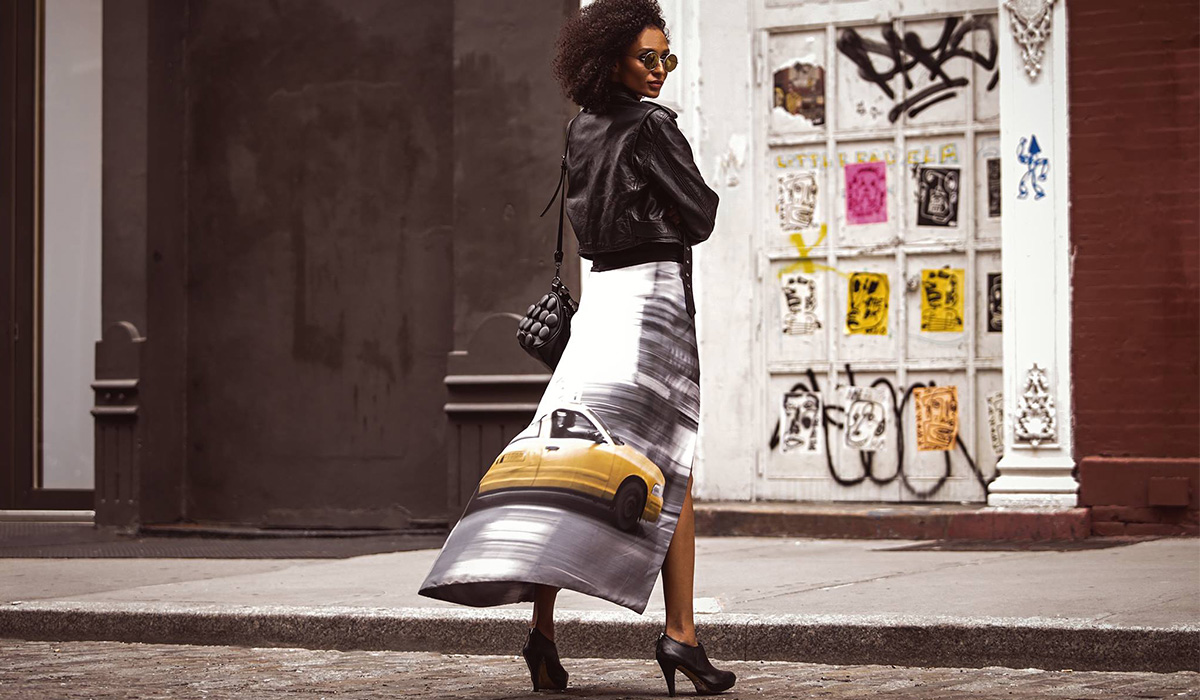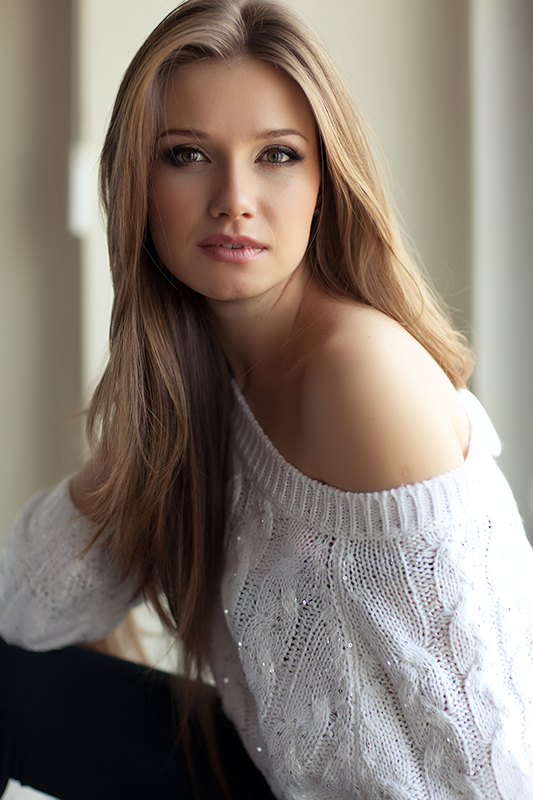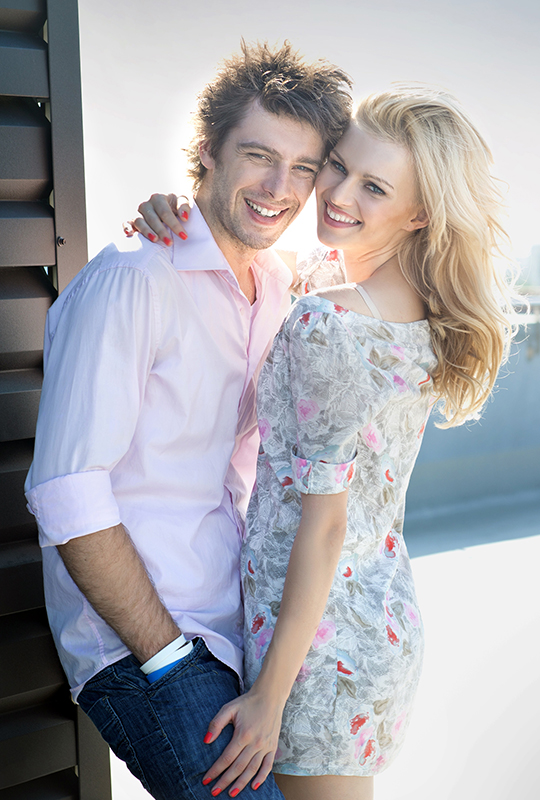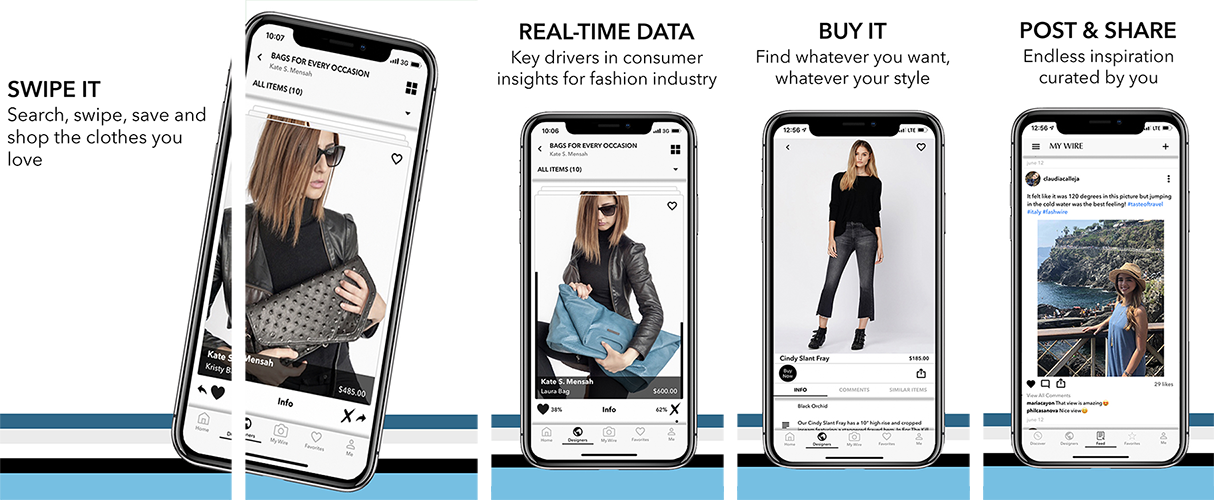
FASHTALKS WITH ASTOURI
Designer Interview
Nov 02, 2021 02:41 PM
What sets your brand apart from the rest?
ASTOURI is born out of the love of where we live and our favorite destinations. ASTOURI designs apparel and accessories with iconic and artistic city photography that showcases your community pride with feminine and functional style. We dream to go beyond the basics and let our designs tell their own stories. The communities around us are filled with inspiration, fluidity, and beauty, and our collections are designed to bring the same inspiration to your own individual and memorable style.
Additionally, we are multi-benefit for the consumer, almost all our garments are multi-functional and/or reversible so our consumers are getting more for less. We are machine-washing friendly as well.
Lastly, all our clothing is made in the USA, specifically, we produce many of our garments at the St. Luke N.E.W. Life Center in Flint, MI with their cut & sew facilities empowering women to earn an income, support their families and garnering emotional support.
How important is social media to your brand?
Social media is an imperative part of the brand. Social media is the brand voice that the consumer connects with online. We live in the world of swiping, and if we do not authentically connect with the consumer through social media, we lose her to another brand or another story. Social media is our consumer stopping point to emotionally engage with her.
How did your brand navigate and overcome the pandemic in 2020?
Much like the rest of the fashion industry, the pandemic forced us to pivot quickly. Prior to the pandemic, our product assortment was very much focused on the traveler and the on-the-go woman. With travel halted and being on-the-go at a standstill, we took the time to rewire our story to go hyper-local with an aspirational play on cities and introduce new products like our city-printed face masks and city-printed winter capes. We also adjusted our future innovation to meet the consumer where she is, at home. We continue to maintain our brand and design values; however, our product assortments continue to be adjusted to meet not only where our consumer is at, but the future of our female consumer.
What do you envision for the future of your brand?
Our vision for ASTOURI is both connecting with the local female consumer in the top cities in the United States and empowering her tell her own style story of her local communities and her love for travel, but also connecting with the global consumer by expanding internationally.
“Fashion is the empowerment of who we are, who want to be, and how we want to show up in the world and make our voice heard.”
How would you define fashion?
Fashion to me is an architecture of style that is personal to everyone. For the most part, consumers wear multiple brands at one time to establish the look that not only they feel comfortable with, but also for the women they aspire to be. Fashion is the empowerment of who we are, who want to be, and how we want to show up in the world and make our voice heard through our individual style.
Where do you find inspiration?
Coco Chanel once wrote "Fashion is not something that exists in dresses only. Fashion is in the sky, in the street, fashion has to do with ideas, the way we live, what is happening.” It is such a prevalent quote to ASTOURI. We literally find inspiration in the communities locally and globally. We find it through our business model, connecting with our consumers, what they like to wear, what they want to wear. We thrive on viewing the streets of local cities and best understanding what truly represents community pride.
What were some hurdles you had to overcome in your business?
Some of the hurdles that we have had to overcome is distinguishing our brand voice so that it stands out, which ultimately leads to driving brand awareness through various mediums and platforms. We are very excited to be a part of FashWire to engage with new consumers and offer a community wear brand that is differentiated.
Additionally, we do focus on travel and travel wear and the pandemic has had us pivot from this for right now and we have become hyper local to connect with where the consumer is at.
What can consumers expect to see next from your brand?
I believe consumers are going to be very excited with what they will see from ASTOURI. We have an innovative product assortment coming over next few years that truly connects with the consumer and her community story.
Additionally, we are looking at our communication model to further engage with the consumer in a differentiated, unique way that emotionally connects with her.
How has the fashion industry changed since you first started out?
I have been in fashion design for over a decade and the past 10 years there have been so many startling changes. Ten years ago, social media was not at the peak it is today, fast fashion had started but was not the mainstay yet, the luxury market and wearing luxury brands was still a huge consumer aspiration, and brands truly differentiated themselves. Shopping online for clothing was just getting started, but brick & mortar stores were still the go-to business model. Even 10 years ago we still got dressed up to go to the office, have dinner, connect with friends.
Additionally, speed to market was slower and price discounting was not as rapid as it is today. As the last ten years have changed consumers (pre-post pandemic), the industry has had to shift into not only meeting the consumer where they are at, but also providing differentiation, consumer value (not just price), and the ability to connect with brand purpose.
Do you find it difficult to have a brand based in Michigan? What are the perks versus the challenges?
Prior to the pandemic, there were thoughts about coming back to Michigan to run the business as our manufacturers are located here. However, the fashion industry was centered in NYC with an easier gateway to Europe, so we stayed in NYC. When the pandemic hit, we took the opportunity to relocate as the world had changed and we could do business from here with our associates in NYC and elsewhere. There are many benefits to being in Detroit and running a fashion business. Some of these include a more productive bottom line, less industry saturation, community connection, and the ability to truly imagine and build from the ground up with community support. Some of our key challenges in being here is not having the garment district down the street for our suppliers and some production runs. The city of Detroit has a very amplified vision to bringing fashion manufacturing here in Detroit and we are looking forward to working with the city on this.
What is your earliest design memory for your brand?
Our first design of the brand was our multi-functional wrap skirt. We wanted to provide our consumers a product that could be worn many ways for the on-the-go woman with both cool iconic prints and solid colors. The purpose of this wrap skirt is to take you from the beach to dinner, from the gym to brunch, pretty much anywhere at any time. We still have those skirts in our collection; however, we have expanded into new products that are an easy-fit, easy-to-pack, have more inclusive sizing while providing an assortment of wardrobe essentials.
” We merged fashion with the power of community to let consumers tell their own stories through our designs.”
What inspired you to name your brand?
The inspiration behind ASTOURI is literally A STORY. We tell stories with our branding, clothing, and consumers. Independent of fashion, all of our stories in life usually start with a place, a location, a community. At ASTOURI, we merged fashion with the power of community to let consumers tell their own stories through our designs.
What is your favorite part about designing?
My favorite part of designing is two-fold: 1) Going deep with the power of design and the design process. Design can serve a very positive narrative to society. Design can offer inspiration, leadership, generosity, convenience. To do design well requires the ability to provide solutions that are not only inspirational and emotionally connected but allows for people to express themselves and tell their stories. 2) The power of imagination and creativity. I love the moments that I have time without background noise and limitations to sit and imagine the future, specifically the future of the brand and our next designs. Everything we do is centered in design from our communications to our garments, to how we best connect with our consumers and their respective communities near or far.
What is your favorite fashion trend? Least favorite?
One of my favorite fashion trends is the remaking of blazers and coats. I am more or less a simple dresser and wearing a pair of well fitted jeans, a sassy tank top or t-shirt and a creative trench or an amazing blazer with a pair of heels and great handbag is the perfect look. My least favorite trend is hoodies. Don’t get me wrong, I wear them when I am home or working out, but I don’t wear them out, especially at work or anywhere else. It’s a lazy woman’s guide to fashion.
What are your greatest strengths and weaknesses?
My greatest strength is my creativity. This is not only where I thrive, but it is my passion. However, my creativity is not just in fashion design, it is also creating new ways of business, content creation, branding, and the future of work and how we need to adapt. I actually don’t believe in the word weakness; I do believe in finding areas that we are most challenged to overcome. My biggest challenge is taking some time for stillness and just being instead of always being in transition between work and life.




